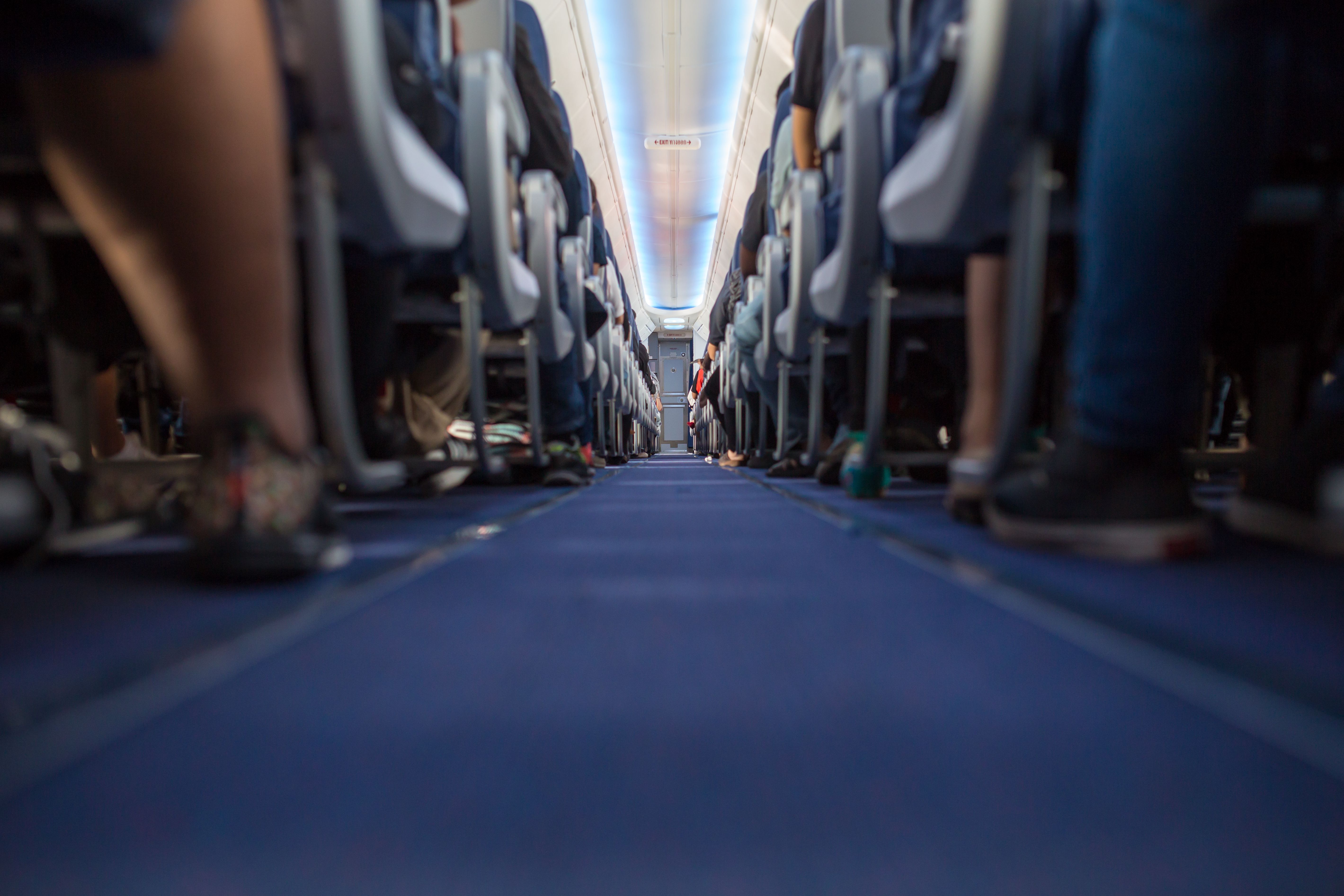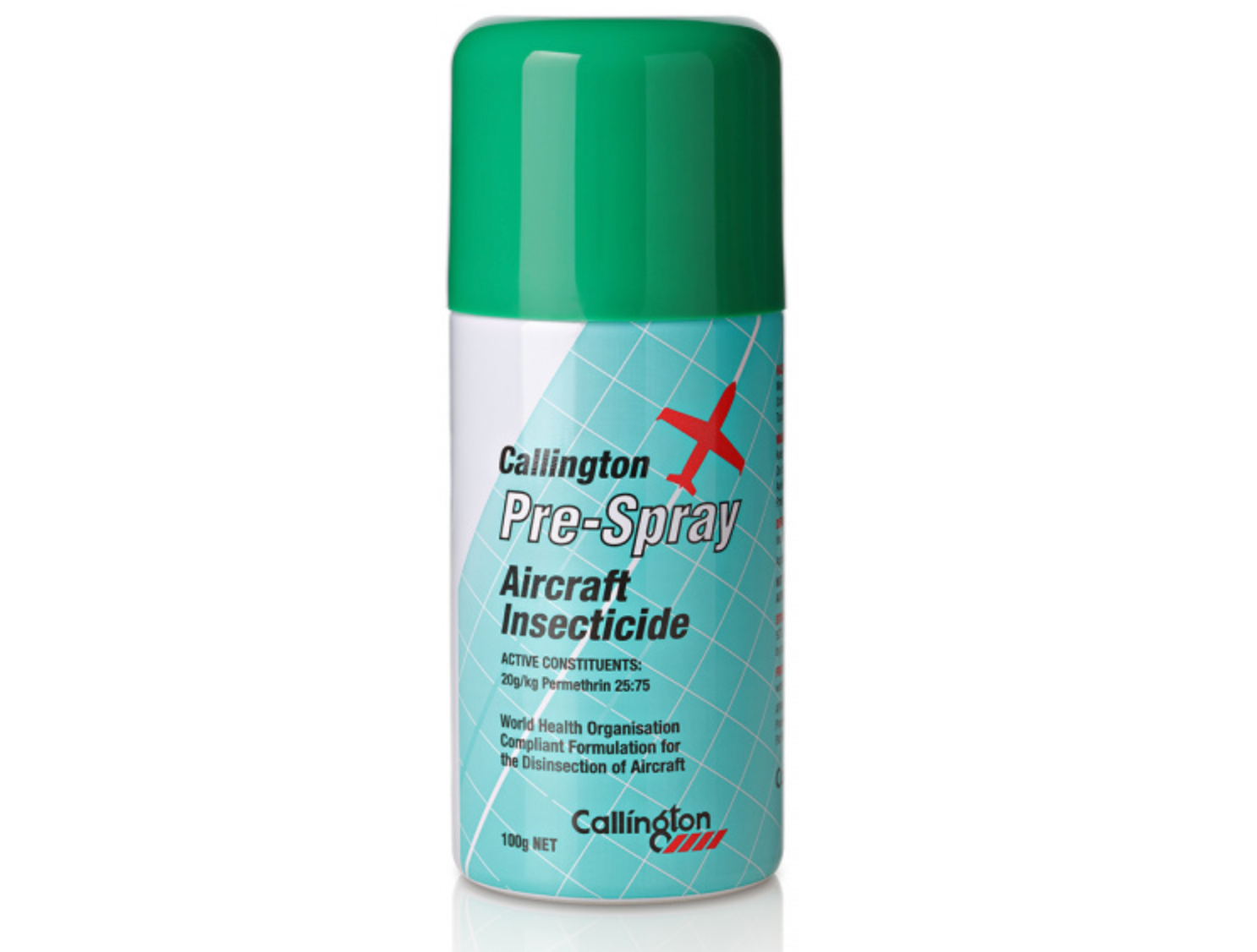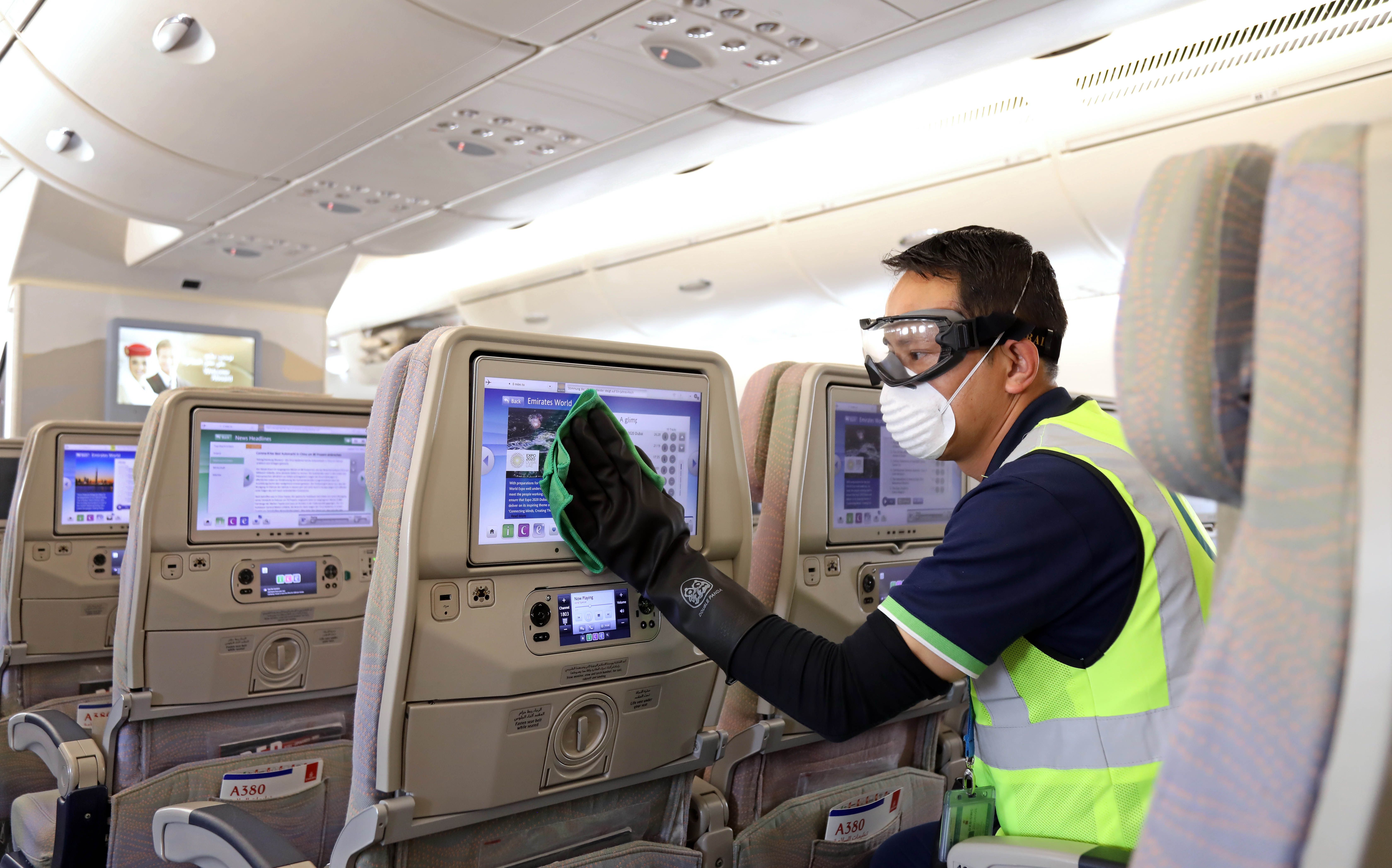Summary
- Cabin crew spray pesticides in airplane cabins to kill insects and prevent the spread of diseases like malaria, Zika, and yellow fever.
- The spraying process involves using a non-harmful insecticide approved by the World Health Organization and passengers are advised to cover their eyes during the procedure.
- Different countries have different regulations regarding disinfection on airplanes, with some requiring it before arrival and others allowing it while passengers are not on board.
Have you ever wondered why cabin crew sometimes walk down the aisles, spraying a mysterious liquid in the air before departure or landing? The reason why is that some countries require aircraft cabins to be sprayed with pesticides to kill insects and stop the spread of diseases such as malaria, Zika, and yellow fever.
Methods used to disinfect the aircraft involve using a World Health Organization-approved non-flammable insecticide that is not harmful to people. Generally, the cabin crew will tell passengers to cover their eyes and spray the insecticide in the air throughout the aircraft cabin, ensuring it circulates to kill any unticketed (insect) guests onboard.
While disinfection became a huge talking point during the pandemic, insecticide has been in use for decades now. With aircraft carrying passengers from every corner of the world, insects are likely to jump onboard too, and just like strict regulations for travelers and cargo is enforced, bugs are no exception.
Some planes are sprayed without passengers onboard
This can occur either before the flight takes off or while the plane is airborne. Another method is to spray the aircraft and wipe down surfaces while no passengers are on the plane. This method is the most effective and has been seen to kill insects for up to eight weeks. Countries set rules for whether planes can be disinfected without passengers onboard, although most require it after the doors are closed.
Get the latest aviation news straight to your inbox: Sign up for our newsletters today.
What is in the spray?
The disinfection of aircraft using pesticides is allowed under international law, but not all countries require airlines to do this. The United States Environmental Protection Agency (EPA) does not list approved any pesticides for use in passenger cabins on commercial aircraft. However, the World Health Organization (WHO) recommends a pesticide based on the active substance d-phenothrin (= 1R-trans phenothrin).
Before permethrin became the go-to pesticide, airlines commonly used DDT (dichlorodiphenyltrichloroethane), an insecticide found to be harmful to humans when exposed to large doses. DDT was banned in the United States in 1972 and sprays no longer use the compound for cabin disinfection.
Which countries require disinfection onboard
Every country has different rules for whether an aircraft needs to be disinfected before arrival and which destinations it applies to. You may have quickly realized that flights from countries with mosquito-borne diseases or other insect-borne diseases all will require a spray down before exiting. However, countries are decided using their own criteria and require a certain method of disinfection. We've provided a summary below.
Countries requiring the disinfection of all in-bound flights with an aerosolized pesticide spray while passengers are onboard include:
- Ecuador (only Galapagos and Inter islands)
- Grenada
- Guyana
- India
- Kiribati
- Madagascar
- Panama
- Seychelles
- Tanzania
- Timor-Leste
- Trinidad and Tobago
- Uruguay
- Zimbabwe
Other countries also require the use of pesticides on inbound flights that allow for the disinfection of an aircraft when passengers are not onboard, include:
- Australia
- Barbados
- Chile
- Cook Islands
- Fiji
- Jamaica
- New Zealand
Countries that require disinfection of selected flights include:
- The Czech Republic for flights arriving from areas of contagious diseases
- Egypt for flights arriving from Zika-infected countries
- France for flights arriving from countries that have malaria, yellow fever, and dengue fever
- Hong Kong for flights arriving from counties that have Zika
- Indonesia for flights arriving from infected areas
- Italy for all flights arriving from areas affected by Zika virus transmission and areas where the Aedes aegypti carrier is present
- Mauritius for all flights arriving from Africa and countries where mosquito-borne diseases are prevalent
- Macau for flights arriving from major infectious disease/Zika-infected countries
- Peru for flights arriving from some inland tropical areas where malaria is present
- South Africa for flights arriving from areas where malaria and yellow fever are present.
- Switzerland for flights arriving from tropical parts of Africa
- Thailand for flights from areas where yellow fever is present
- The United Kingdom for flights arriving from malarial countries and countries with confirmed transmission of Zika
Want answers to more key questions in aviation? Check out the rest of our guides here.
Does spraying pesticides in planes pose and danger to passengers and crew?
According to WHO, spraying approved permethrin-based insecticides poses no health risk issues for passengers and crew. It does say, however, that passengers are sometimes concerned about their health after being exposed to pesticides on aircraft.
To combat passenger fears, WHO has found no evidence that the specified insecticide sprays harm human health when used as recommended. If you're still scared, it doesn't hurt to close your eyes as the crew walks through the cabin either.



